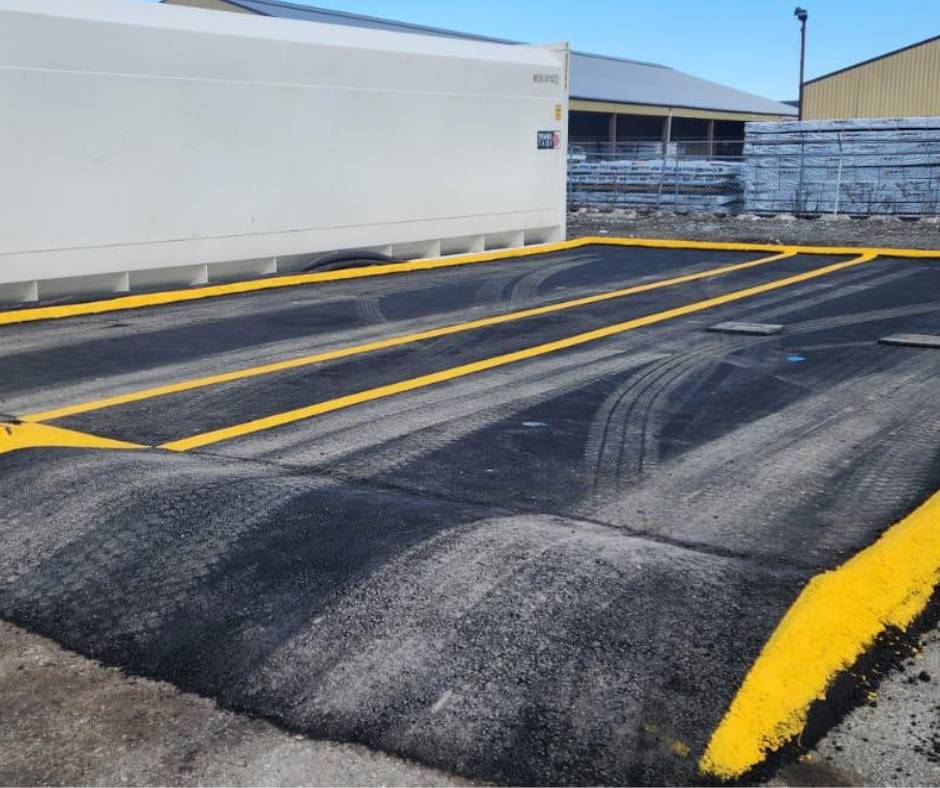Speed bumps are a well-known solution for controlling traffic and improving road safety, but they often raise a common question: Do speed bumps cause damage to vehicles? The answer is, it depends—on the design, installation, and maintenance of the speed bump. Poorly designed or improperly installed speed bumps can cause unnecessary wear on vehicles, while well-engineered speed bumps can slow traffic without adverse effects. In this guide, we’ll explore how speed bumps can be designed to minimize vehicle damage and discuss effective strategies to ensure safety without compromising comfort.
Can Speed Bumps Damage Vehicles?
Improperly installed or poorly maintained speed bumps can lead to several issues for vehicles, including:
- Suspension Strain: Sudden or steep bumps can put undue strain on a vehicle’s suspension system, leading to costly repairs.
- Tire Damage: Sharp, poorly angled speed bumps may cause tire wear or even punctures if not crossed carefully.
- Underbody Scrapes: Low-profile cars are at risk of scraping their undercarriage if speed bumps are too high or have an abrupt incline.
- Shock Absorber Wear: Frequent encounters with jarring speed bumps can reduce the lifespan of a vehicle’s shock absorbers.
However, with careful planning and proper installation from a paving company, these issues can be largely avoided.
Strategies to Minimize Vehicle Damage from Speed Bumps
- Optimal Height and Width
One of the most effective ways to mitigate vehicle damage is to ensure that speed bumps are built with the right dimensions. A height between 3 to 4 inches with a gradual incline is typically recommended to slow vehicles without causing jarring impacts. Wider speed bumps distribute the impact more evenly, reducing the stress on tires and suspensions. - Gradual Slopes Instead of Sharp Angles
The transition onto and off of a speed bump should be smooth to minimize abrupt impacts. A gentle slope, rather than a steep angle, helps reduce the chances of scraping or bouncing, which is particularly important for low-clearance vehicles. A paving expert will often recommend rounded bumps or speed tables for a less aggressive approach to traffic calming. - Material Matters
The choice of materials can also influence the vehicle’s experience. Asphalt and rubber are two of the most common materials, each with its own benefits. Asphalt offers a durable, customizable option, while rubber provides flexibility and a softer impact. Choosing the appropriate material based on traffic volume and road conditions can help minimize vehicle wear. - Strategic Signage and Visibility
Installing speed bumps without proper warning is a recipe for abrupt braking and potential vehicle damage. Clear signage and road markings help alert drivers well in advance, allowing them to slow down gradually. Reflective paint or embedded markers increase visibility, particularly in low-light conditions, making it easier for drivers to approach the bump smoothly. - Regular Maintenance
Speed bumps are not a set-it-and-forget-it solution. Cracks, uneven surfaces, or potholes can appear over time, creating hazards for vehicles. Routine inspections and prompt repairs are essential to keep speed bumps in optimal condition. A paving company experienced in traffic calming can offer regular maintenance to prevent potential vehicle damage and ensure ongoing safety. - Consider Alternatives When Necessary
Sometimes, traditional speed bumps may not be the ideal solution for a particular road or traffic pattern. Alternatives like speed tables, chicanes, or textured pavement may be more suitable, especially in areas frequented by emergency vehicles or public transportation. These alternatives provide a more gradual slowing effect while reducing the impact on vehicles.
While speed bumps can potentially cause damage if not designed or installed correctly, following best practices can mitigate most risks. Proper dimensions, smooth inclines, suitable materials, clear signage, and consistent maintenance all play a part in making speed bumps safe and effective. Consulting with a professional paving expert is key to ensuring that speed bumps slow down traffic without damaging vehicles. A well-thought-out approach to speed bump installation can enhance safety, protect vehicles, and create a better driving experience for everyone.
Ready to improve road safety without risking vehicle damage? Contact Burnaby Blacktop to explore the best speed bump solutions for your property, and ensure a safer, more comfortable driving experience for everyone. Our paving experts are here to answer any questions you might have!
